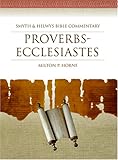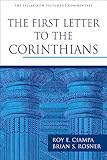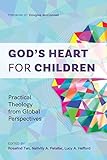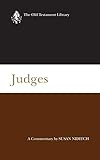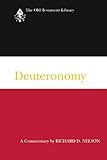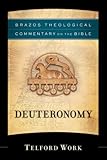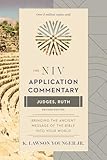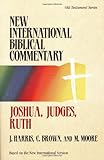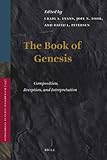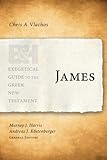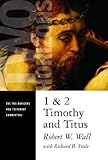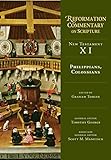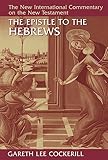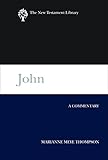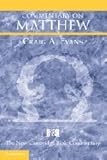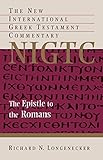The Biblical Concept of Revival in the Desert and Some Implications for Today’s Church Regarding the Restoration of Man’s Covenantal Relationship with God (Record no. 14838)
[ view plain ]
| 000 -LEADER | |
|---|---|
| fixed length control field | 03056nam a22001817a 4500 |
| 005 - DATE AND TIME OF LATEST TRANSACTION | |
| control field | 20220504062517.0 |
| 007 - PHYSICAL DESCRIPTION FIXED FIELD--GENERAL INFORMATION | |
| fixed length control field | ta |
| 008 - FIXED-LENGTH DATA ELEMENTS--GENERAL INFORMATION | |
| fixed length control field | 171027s2005 sa ||||fom| | 00| e eng d |
| 040 ## - CATALOGING SOURCE | |
| Transcribing agency | ZA-BrSAT |
| 100 ## - MAIN ENTRY--PERSONAL NAME | |
| 9 (RLIN) | 282 |
| Personal name | Cooper, Bradley Aron |
| 245 ## - TITLE STATEMENT | |
| Title | The Biblical Concept of Revival in the Desert and Some Implications for Today’s Church Regarding the Restoration of Man’s Covenantal Relationship with God |
| 260 ## - PUBLICATION, DISTRIBUTION, ETC. | |
| Place of publication, distribution, etc. | Johannesburg, South Africa |
| Name of publisher, distributor, etc. | South African Theological Seminary |
| Date of publication, distribution, etc. | 2005 |
| 300 ## - PHYSICAL DESCRIPTION | |
| Extent | 135p |
| Other physical details | |
| Dimensions | A4 |
| Accompanying material | Abstract. Table of contents. Works cited. |
| 502 ## - DISSERTATION NOTE | |
| Degree type | Master of Theology (Mth) |
| Name of granting institution | South African Theological Seminary |
| Year degree granted | 2005 |
| Supervisors | |
| 520 ## - SUMMARY, ETC. | |
| Summary, etc. | This study is an attempt to introduce the Biblical concept of Revival in the Desert and through it to provide guidelines for today’s Church with regard to recognising and participating in the next move of God. A historical survey demonstrated the development of religious traditions within the Church. Special attention was given to how these religious ideas came to supplant the priority of the individual’s relationship with Christ, ultimately replacing it. This historical perspective revealed the foundation for the religious nature of today’s Christian culture, and led to the conclusion that the modern Church is not walking in covenantal fellowship with God. A Biblical survey was then undertaken to show that God has repeatedly rescued His people from religious bondage, as it is antithetical to a covenantal relationship. This study analysed the lives of selected Biblical figures, and the history of Israel regarding God’s covenantal relationship with His people, to demonstrate that there exists a pattern, in terms of which God responds to the religious activity in His people. That pattern is introduced in this study as the Revival in the Desert concept, as God repeatedly draws His people into the wilderness, and away from religious culture and institutions, so that He can restore them to a proper sense of covenantal fellowship. This revival is also accomplished through God’s self-revelation of Himself as the God of Hesed, or covenantal faithfulness. By revealing that He alone is responsible for covenant maintenance, God removes the necessity of any religious activity on the part of His people. The study then combined its analysis of the present religious nature of today’s Church with the Revival in the Desert concept to conclude that God will soon be acting again to liberate His people from religion. Further historical and Biblical research was undertaken in order to provide insight into how this next move of God will appear. Suggestions were then made to both the today’s Church as a whole, and to individuals, so that they might be better prepared to participate in this coming revival. The study concluded with a summary of the research findings and its contribution towards the field of Practical Theology. |
| 650 #0 - SUBJECT ADDED ENTRY--TOPICAL TERM | |
| Topical term or geographic name entry element | Theology, Practical |
| General subdivision | Revival |
| Geographic subdivision | World wide |
| 9 (RLIN) | 134 |
| 942 ## - ADDED ENTRY ELEMENTS (KOHA) | |
| Source of classification or shelving scheme | Dewey Decimal Classification |
| Koha item type | Thesis |
| Withdrawn status | Lost status | Source of classification or shelving scheme | Damaged status | Not for loan | Collection code | Home library | Current library | Shelving location | Date acquired | Barcode | Date last seen | Uniform Resource Identifier | Price effective from | Koha item type |
|---|---|---|---|---|---|---|---|---|---|---|---|---|---|---|
| Dewey Decimal Classification | Electronic Holdings | South African Theological Seminary | South African Theological Seminary | Online Resource | 10/27/2017 | 0000000002011 | 10/27/2017 | https://sats-dspace.s3.af-south-1.amazonaws.com/Theses/THESIS_MTH_2005_CooperBA.pdf | 10/27/2017 | Thesis |

